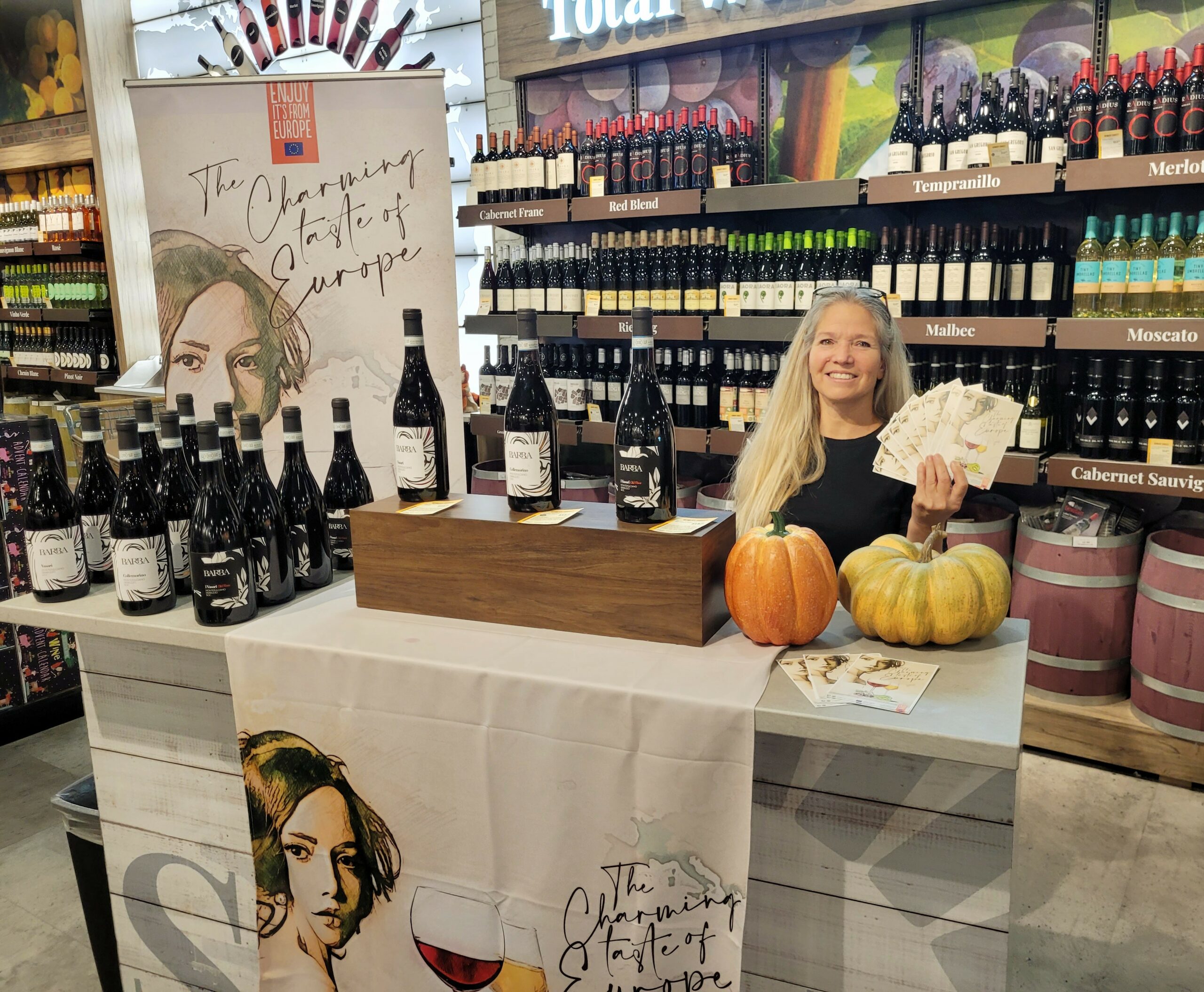In the ever-evolving landscape of the beverage alcohol industry, success transcends the realm of scoring critics’ reviews. Instead, it emerges from a multi-dimensional strategy that involves harnessing the power of trade marketing, optimizing point of sale promotion, fostering strategic partnerships, and weaving resonant brand narratives. Each of these recommendations is a key piece of the puzzle, contributing to the comprehensive marketing approach that distinguishes thriving brands in the competitive U.S. market. Colangelo & Partners has developed expertise and experience in activating integrated communications programs for the Beverage Alcohol industry.
1. Point of Sale Promotion: Enhancing Consumer Engagement
Relevance: In an era where consumers are inundated with choices, the importance of capturing their attention at the point of sale cannot be overstated. Point of sale promotion provides a unique opportunity for brands to influence purchasing decisions right as they are being made.
Execution: C&P coordinates with retail outlets carrying your brand, designing visually captivating displays that stand out amidst the shelves with a seemingly endless product selection, and train tasting staff to present your brands as if they were the winemaker herself. Coupled with limited-time promotions we can create a sense of urgency, and carry out interactive experiences that engage consumers on a personal level. Presenting retailers with the tactics and assuring them of proper execution is as critical as the ideation part.
Example: Imagine a brand of premium tequila. At a local liquor store, the brand sets up an elegant display with a backdrop that mimics the agave fields of its origin. A digital screen displays a short video showcasing the brand’s craftsmanship and heritage. On the shelves beneath the display, bottles of the tequila are prominently featured on a tasting bar with your brochures or branded giveaways. This not only grabs the shopper’s attention but also encourages them to sample the product before purchasing.
2. Strategic Partnerships: Amplifying Reach and Influence
Relevance: Collaboration is a powerful tool that allows complementary brands to leverage each other’s strengths, expand market reach, and create a more immersive brand experience for consumers.
Execution: C&P can identify partners with complementary offerings or shared target audiences. Collaborative efforts can range from co-hosting events and cross-promotions to joint product launches, events and stand out in-store visibility.
Example: Picture a partnership between a local winery and a popular artisanal cheese shop. They collaborate to host a wine and cheese pairing event where consumers can explore the synergy between their products. The winery provides exclusive wines for the event, while the cheese shop curates a selection of gourmet cheeses. This partnership not only introduces customers to new taste experiences but also increases foot traffic to both establishments. Or picture neck tags on your bottles in major retail chains that offer a discount coupon for those cheeses.
3. Crafting Resonant Brand Narratives: Forging Emotional Connections
Relevance: Beyond product attributes, consumers seek brands that resonate with their values and aspirations. Crafting a compelling brand narrative humanizes the brand and fosters emotional connections.
Execution: C&P communications professionals identify the brand’s unique story, whether it’s rooted in family history, a commitment to sustainability, or a dedication to innovation. This narrative should be integrated into all communication touch points, from packaging, to POS materials, to exclusive events, to social media and the digital ecosystem.
Example: Consider a brand of gin that prides itself on using botanicals from a century-old garden. Their narrative focuses on the garden’s history, the meticulous cultivation process, and the role it plays in imparting distinctive flavors to the gin. This story is woven into the brand’s website, social media posts, and even on the in store displays, forging a deeper connection with consumers who appreciate craftsmanship and heritage.
4. Trade Marketing: Forging Relationships for Lasting Impact
Relevance: The relationships a brand establishes with trade partners can significantly influence product visibility, accessibility, and sales performance. Trade marketing empowers brands to directly engage with these partners and shape the distribution strategy.
Execution: Brands can conduct face-to-face meetings with distributors, retailers, and bar managers, presenting the unique value proposition of their products. Incentives, such as exclusive releases or discounts, discovery trips and invitations to exclusive events can sweeten the deal for trade partners.
Example: Imagine a craft brewery that wants to expand its presence in a new city. The brand’s representatives meet with local distributors and showcase their diverse range of beers, highlighting their popularity and potential customer appeal by executing an invitation only event. They offer the distributors a limited-edition brew that’s not available elsewhere. This sparks the distributor’s interest, leading to a commitment to prioritize the brand’s products in their portfolio.
A Comprehensive Approach to Triumph
In the tapestry of the beverage alcohol industry, triumph arises from the fusion of strategies that transcend the realm of scoring critics’ reviews. It’s about creating enchanting displays, fostering meaningful partnerships, sharing captivating stories, and nurturing relationships with trade partners.
Picture a brand of craft whiskey that embodies these principles—it entices shoppers with its visually stunning display, collaborates with local music venues to offer unique tasting experiences, shares the narrative of its founder’s journey, and partners with distributors to ensure consistent availability and broad distribution.
This brand doesn’t merely rely on scores; it thrives through a symphony of marketing tactics. By embracing these recommendations, brands can transcend the limitations of critics’ acclaim and forge their path to triumph. It’s an intricate dance of creativity, collaboration, and strategy that sets brands apart and elevates their position in the market.
In a world of endless options, success lies not just in the numbers on a review but in the hearts and minds of consumers who resonate with the brand’s story.


